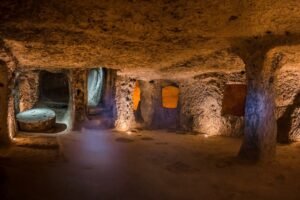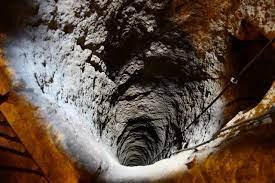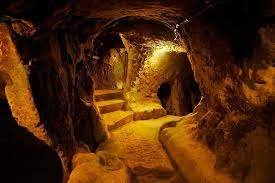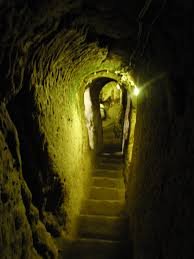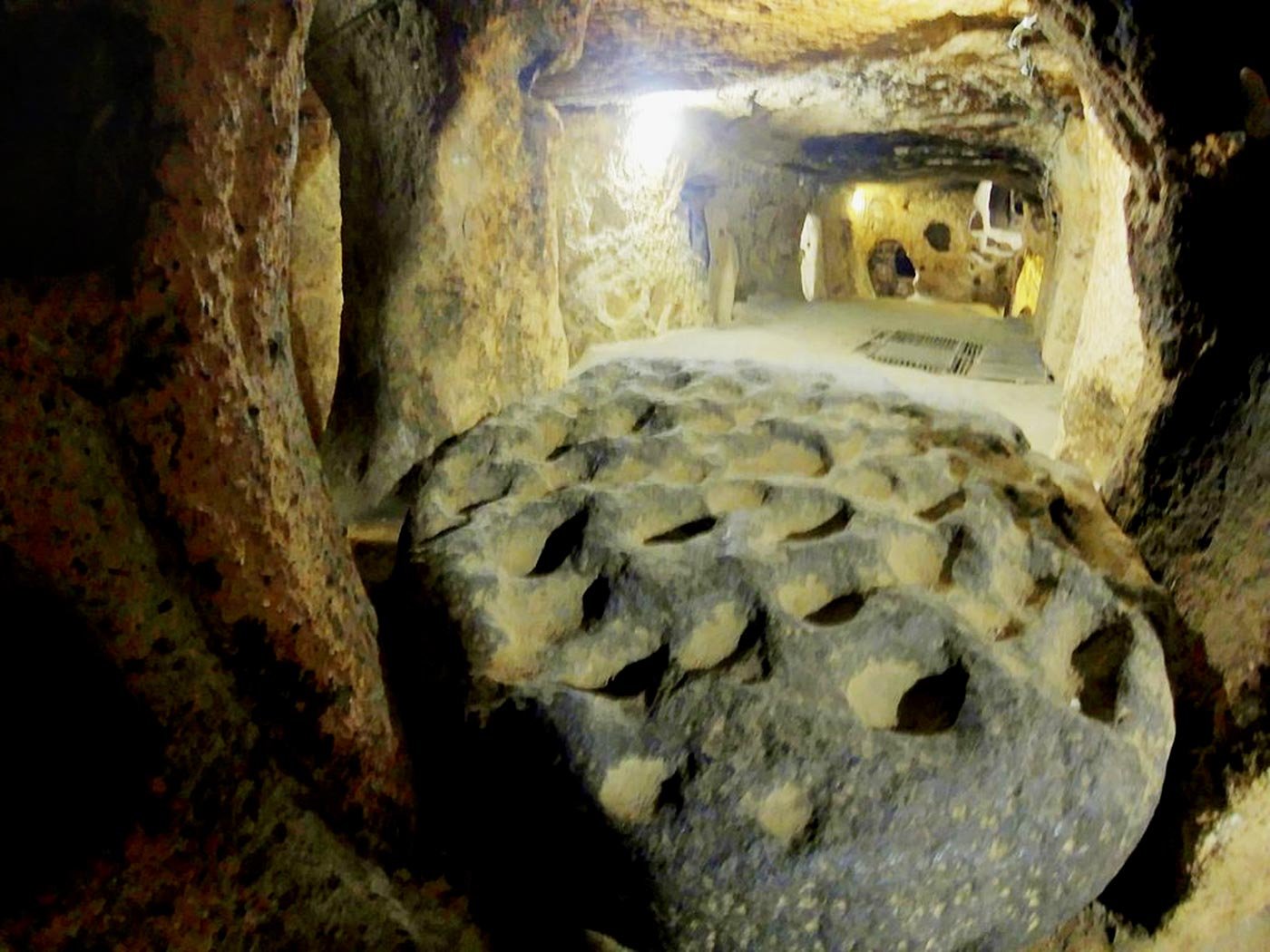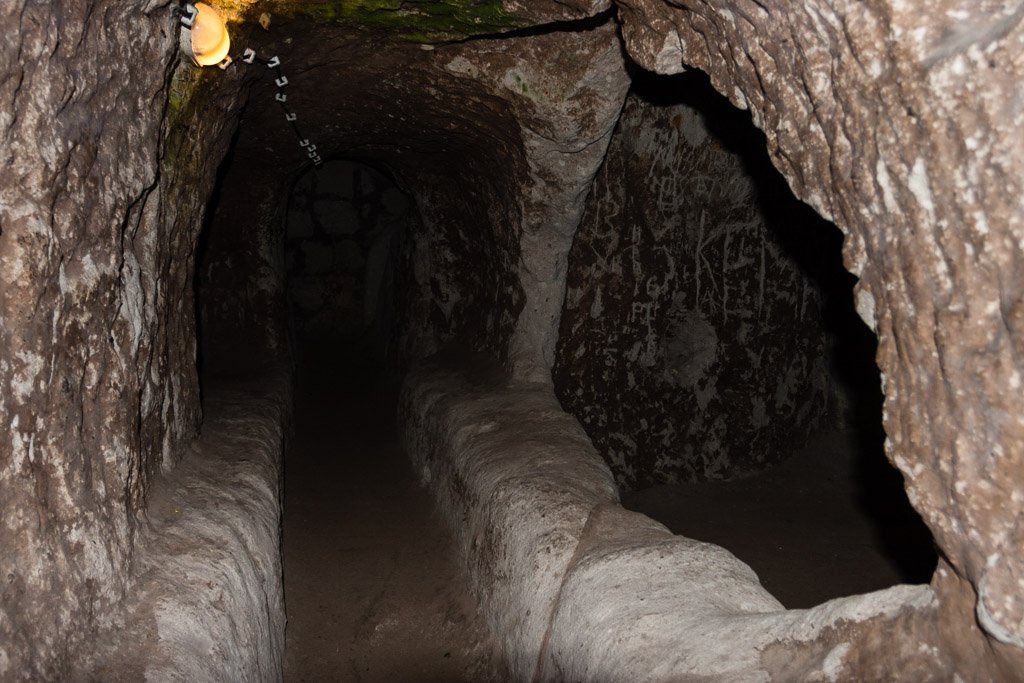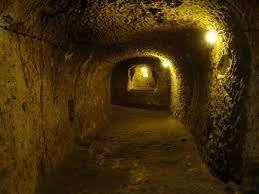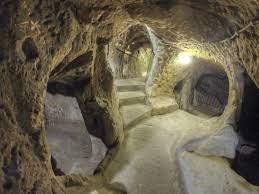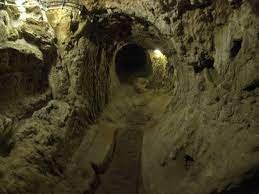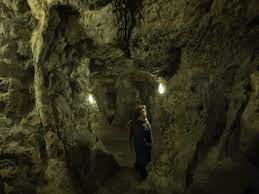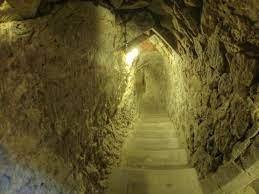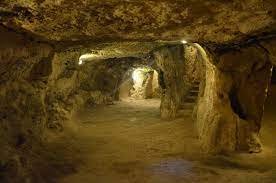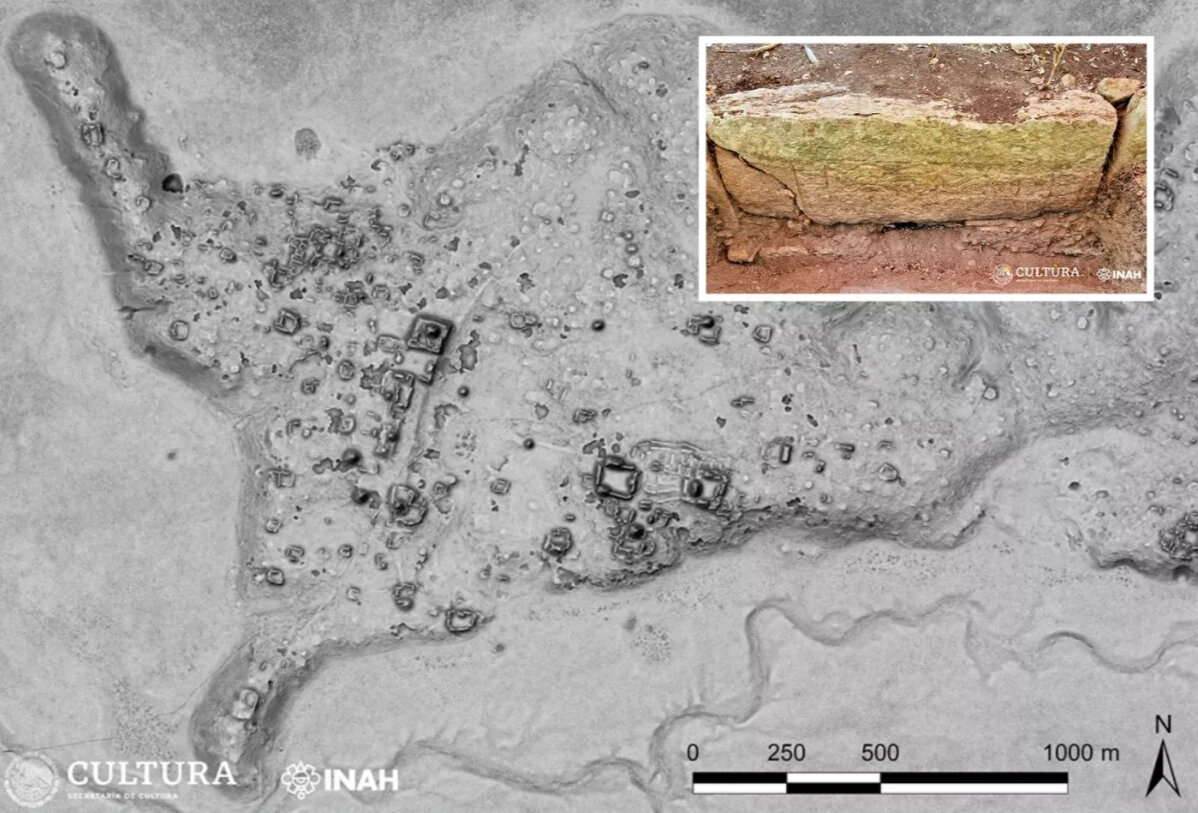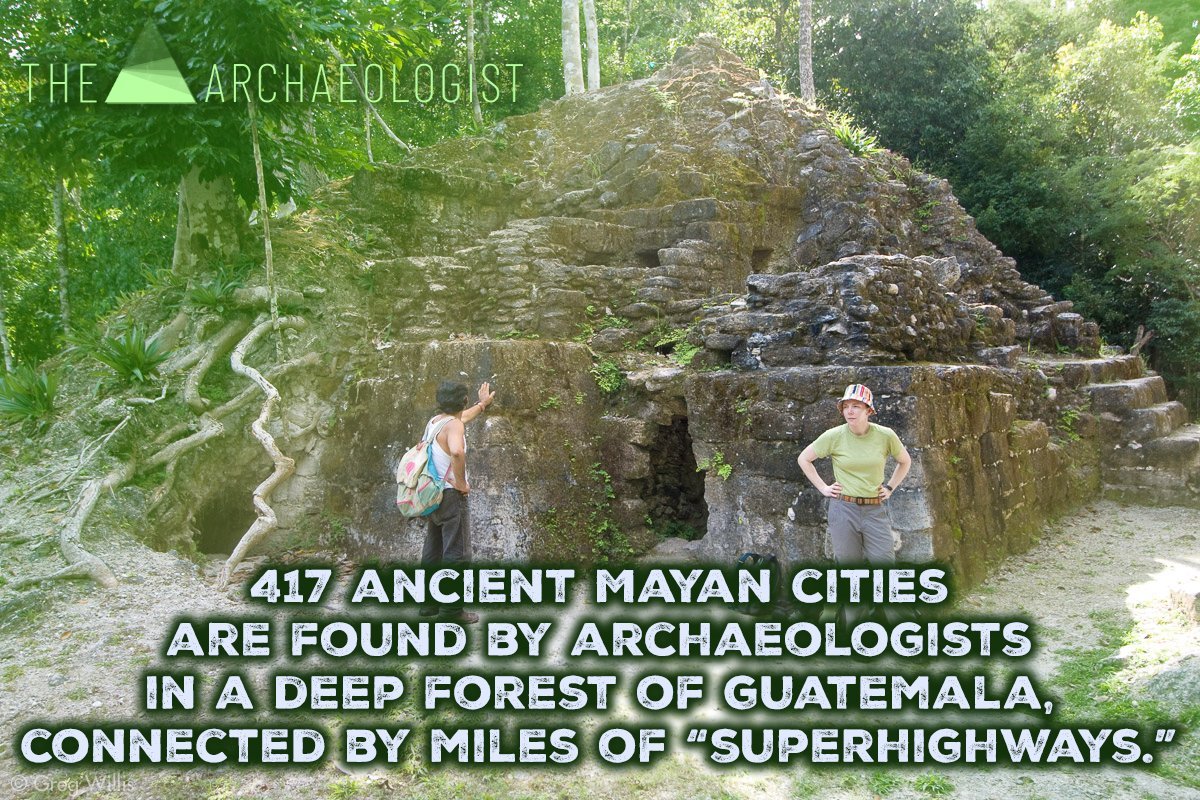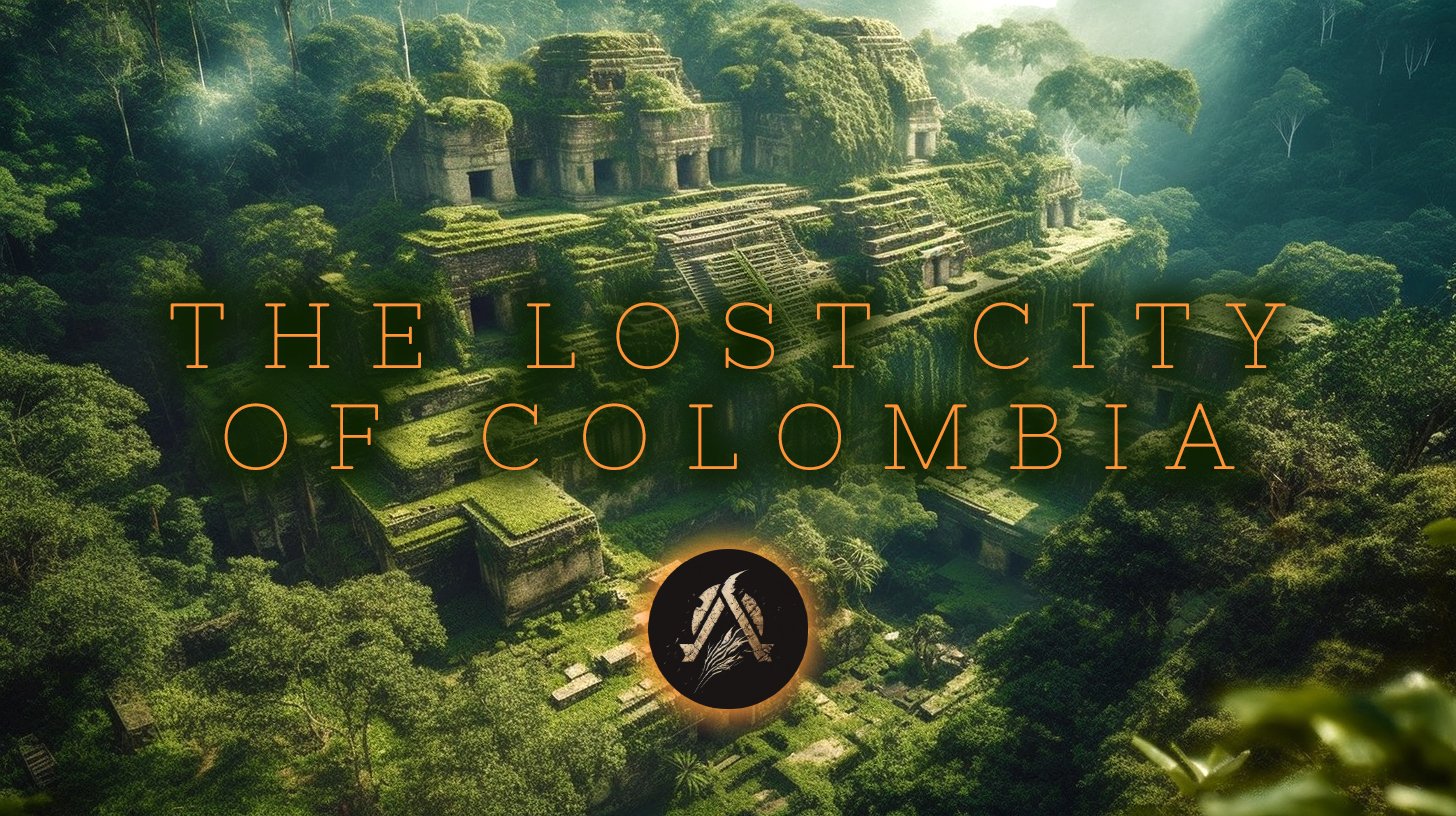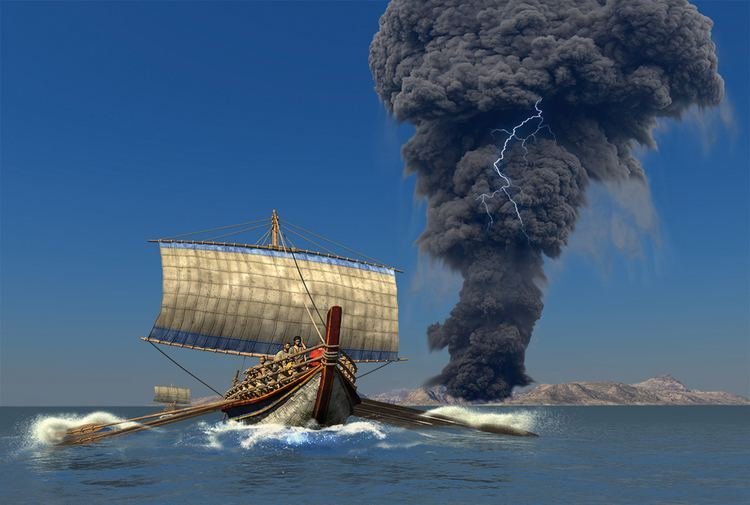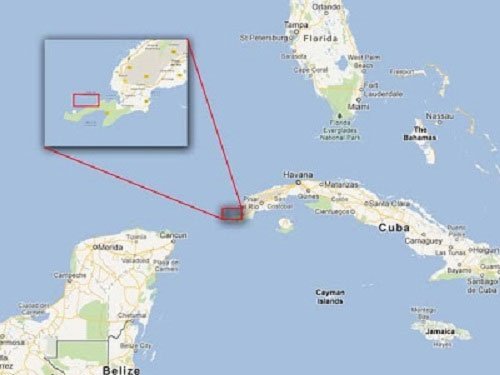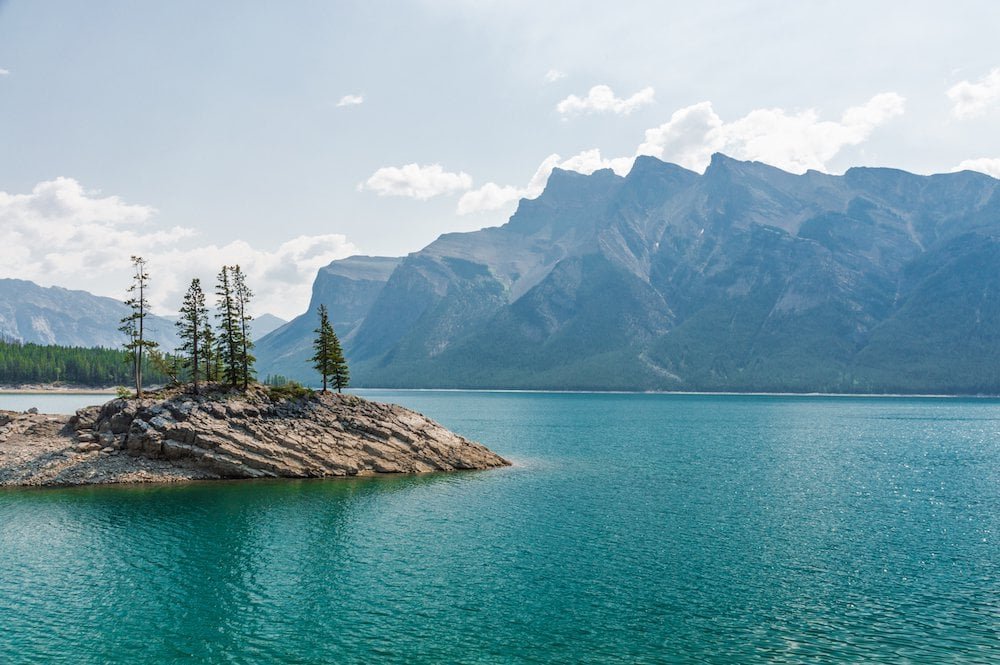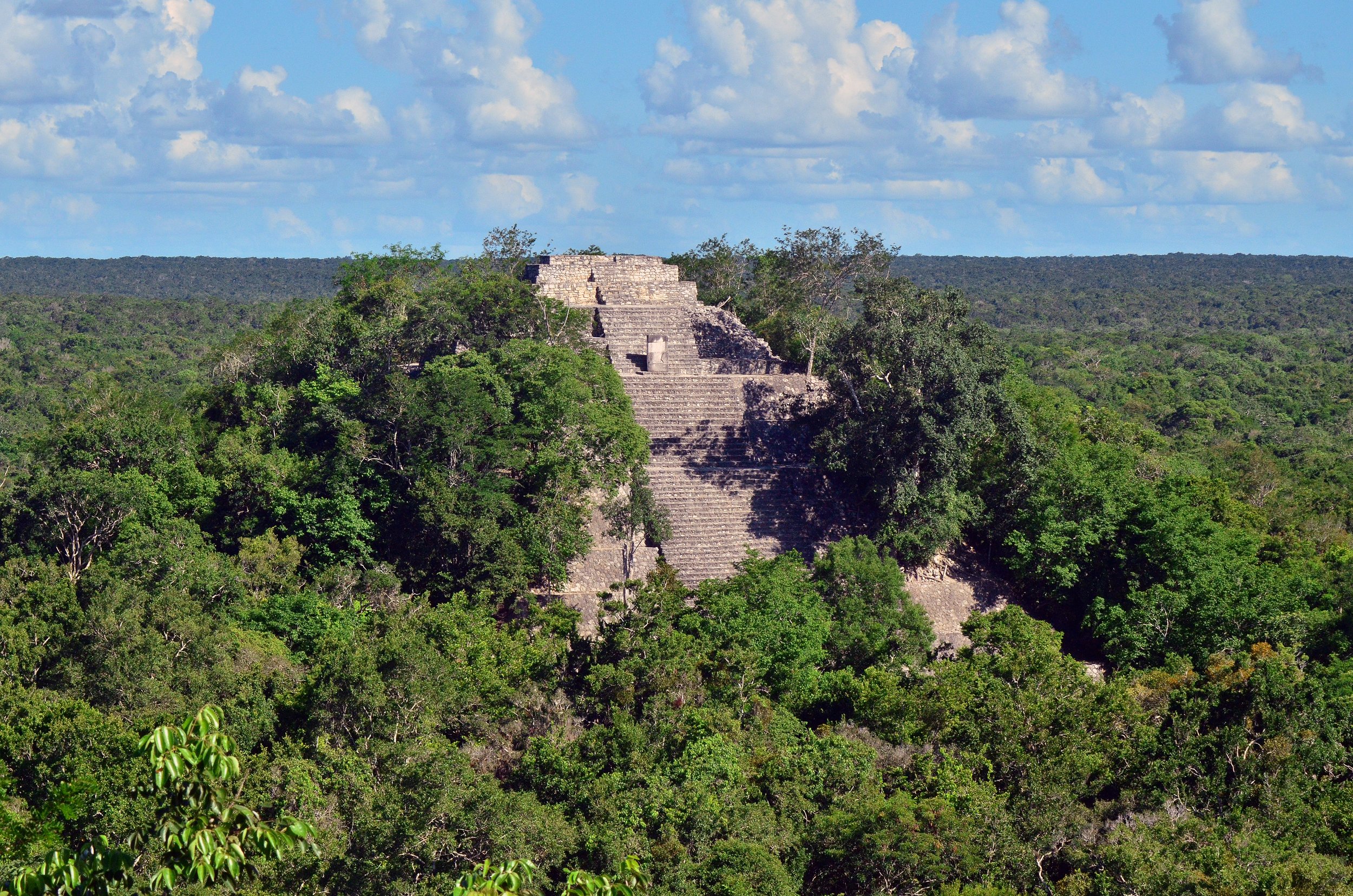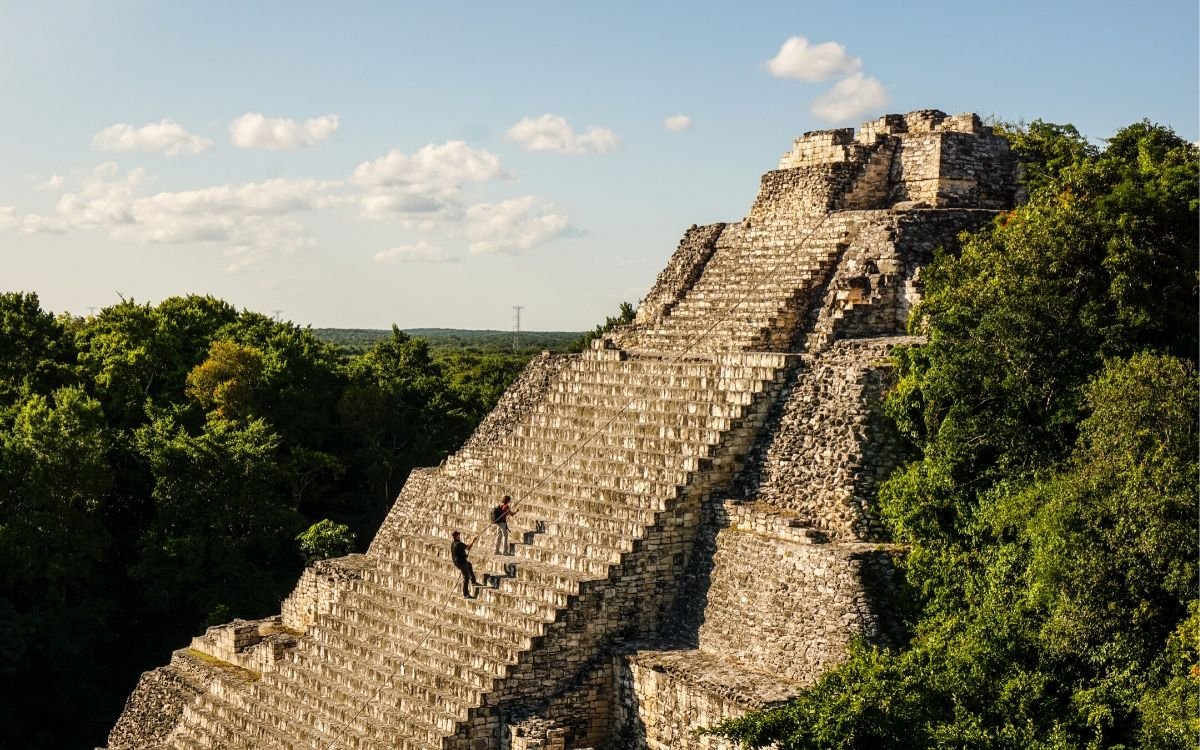The Enigmatic Amazonian Metropolis: A Pioneering Archaeological Discovery
In a revelation that has sent shockwaves through the realm of archaeology and rewritten the history books, a colossal ancient city has been unearthed in the heart of the Amazon rainforest. Concealed beneath millennia of luxuriant vegetation, this awe-inspiring discovery challenges our preconceived notions of the Amazon's historical inhabitants, painting a vivid picture of a once-thriving urban society that flourished in the depths of the jungle.
Nestled in the Upano region of eastern Ecuador, this sprawling cityscape has astounded researchers with its intricate network of roads and canals, connecting a complex web of houses and plazas. The mere existence of such a city challenges earlier beliefs that the Amazon was only home to nomadic tribes or sparse, dispersed settlements.
Dating back an astonishing 2,500 years, this metropolis stood as a testament to human achievement for over a millennium. While pinpointing an exact population count remains challenging, estimations place it in the tens of thousands, if not the hundreds of thousands. Its construction was nothing short of remarkable, with 6,000 rectangular platforms, each measuring around 20 meters by 10 meters and towering 2-3 meters high. These platforms, grouped in clusters of three to six around central plazas, likely served as both residences and ceremonial sites. Notably, the Kilamope complex boasted a colossal platform measuring 140 meters by 40 meters, a true testament to the city's grandeur.
The innovative use of LiDAR technology allowed researchers to penetrate the thick Amazonian foliage, revealing the city's hidden secrets. Furthermore, a sophisticated network of straight roads and pathways, spanning an astonishing 25 kilometers, showcased the city's advanced urban planning. The precision of these roads, replete with right angles, hints at their significance, possibly tied to ceremonial or cultural practices.
Roads, paths and canals were found connecting the platforms suggesting a large area was occupied / Photo: Stephen Rostain, BBC
But this metropolis was not without its challenges. Signs of threats to the city were discovered, including ditches that blocked entrances to the settlements, suggesting potential conflicts with neighboring groups. The intricacy of the city's water management system, including canals alongside causeways, highlights their ability to harness the region's abundant water resources.
This groundbreaking discovery not only reshapes our understanding of Amazonian civilizations but also draws intriguing parallels to well-known societies like the Maya of Mexico and Central America. The city's unique architectural features, such as octagonal and rectangular platforms, differentiate it from its counterparts in other parts of the Americas, emphasizing its distinct cultural identity.
Despite the rich tapestry of this ancient city, mysteries about its inhabitants remain. Pits, hearths, jars, grinding stones, and burnt seeds unearthed at the sites suggest a strong focus on agriculture, with maize, sweet potatoes, and "chicha," a type of sweet beer, likely comprising their diet.
The journey to uncovering this lost city was fraught with skepticism, as prevailing wisdom posited that no ancient civilizations had thrived within the Amazon. Nevertheless, the relentless pursuit of knowledge by dedicated researchers has shattered these misconceptions and ushered in a new era of understanding.
As we marvel at the ancient Amazonian metropolis that defied the ravages of time and nature, the next frontier beckons—an adjoining 300 square kilometers yet to be surveyed. What further revelations lie hidden beneath the Amazon's verdant canopy, waiting to rewrite the annals of history? Only time and relentless exploration will reveal the answers to these captivating questions.
In closing, this monumental discovery forces us to reconsider our preconceived notions of the Amazon, reminding us that beneath the thick foliage lies an untold history waiting to be revealed—a testament to the indomitable human spirit's ability to thrive in even the most challenging of environments.
Stephen Rostain, BBC









